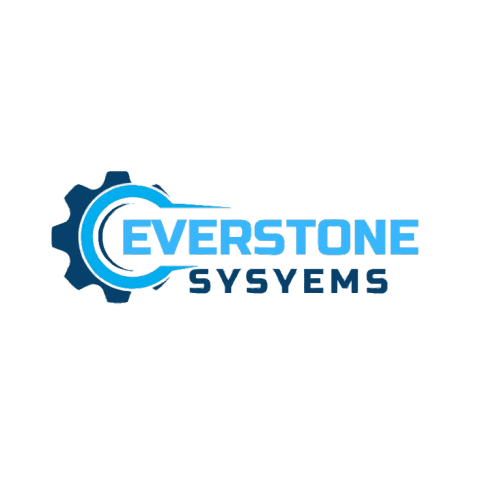5 Common Misconceptions About Business Automation Debunked
Understanding Business Automation
In the modern business landscape, automation has become a buzzword that evokes a mix of excitement and apprehension. While it promises efficiency and growth, several misconceptions about business automation persist. Let's debunk some of these myths and uncover the true potential of automation.

Misconception 1: Automation Is Only for Large Enterprises
A common belief is that only large corporations can afford or benefit from automation. In reality, businesses of all sizes can leverage automation tools to streamline operations. Small and medium-sized enterprises can especially benefit by automating repetitive tasks, allowing them to focus on growth and innovation.
Many affordable automation solutions cater specifically to smaller businesses, providing scalability and flexibility without the need for massive investments. This democratization of technology means that even startups can harness automation to enhance productivity.
Misconception 2: Automation Leads to Job Losses
Another prevalent concern is that automation will result in significant job losses. While it's true that automation changes the nature of some jobs, it doesn't necessarily eliminate them. Instead, it often shifts the focus from manual, repetitive tasks to more strategic, value-added activities.
Automation can free up employees' time, allowing them to engage in more creative problem-solving and critical thinking roles. This transition can lead to job enrichment and new opportunities within the organization.

Misconception 3: Automation Is a One-Time Implementation
Some believe that once automation tools are implemented, the work is done. However, automation requires ongoing management and optimization to ensure it adapts to changing business needs. Regular updates and analysis are crucial for maintaining efficiency and achieving desired outcomes.
Businesses should view automation as an evolving process that continuously improves over time. By regularly reviewing and refining automated processes, companies can maximize their investment and ensure alignment with their strategic goals.
Misconception 4: Automation Is Too Complex to Implement
The perceived complexity of automation can deter businesses from adopting it. However, many modern automation platforms are designed with user-friendly interfaces and straightforward integration capabilities, making them accessible even to those without technical expertise.
Additionally, numerous resources and support services are available to guide businesses through the implementation process. With the right approach and tools, automation can be implemented smoothly and effectively.

Misconception 5: Automation Eliminates the Need for Human Oversight
Automation is often mistakenly thought to entirely replace human oversight. In reality, human intervention is crucial for monitoring automated processes, making adjustments as needed, and ensuring overall system effectiveness.
Humans play a vital role in decision-making and managing exceptions that automation may not handle well. The most successful implementations combine the strengths of both human intelligence and automated systems.
By debunking these misconceptions, businesses can better understand the potential of automation. Embracing automation with a clear perspective enables organizations to thrive in a competitive marketplace while fostering a collaborative work environment where humans and technology coexist harmoniously.
